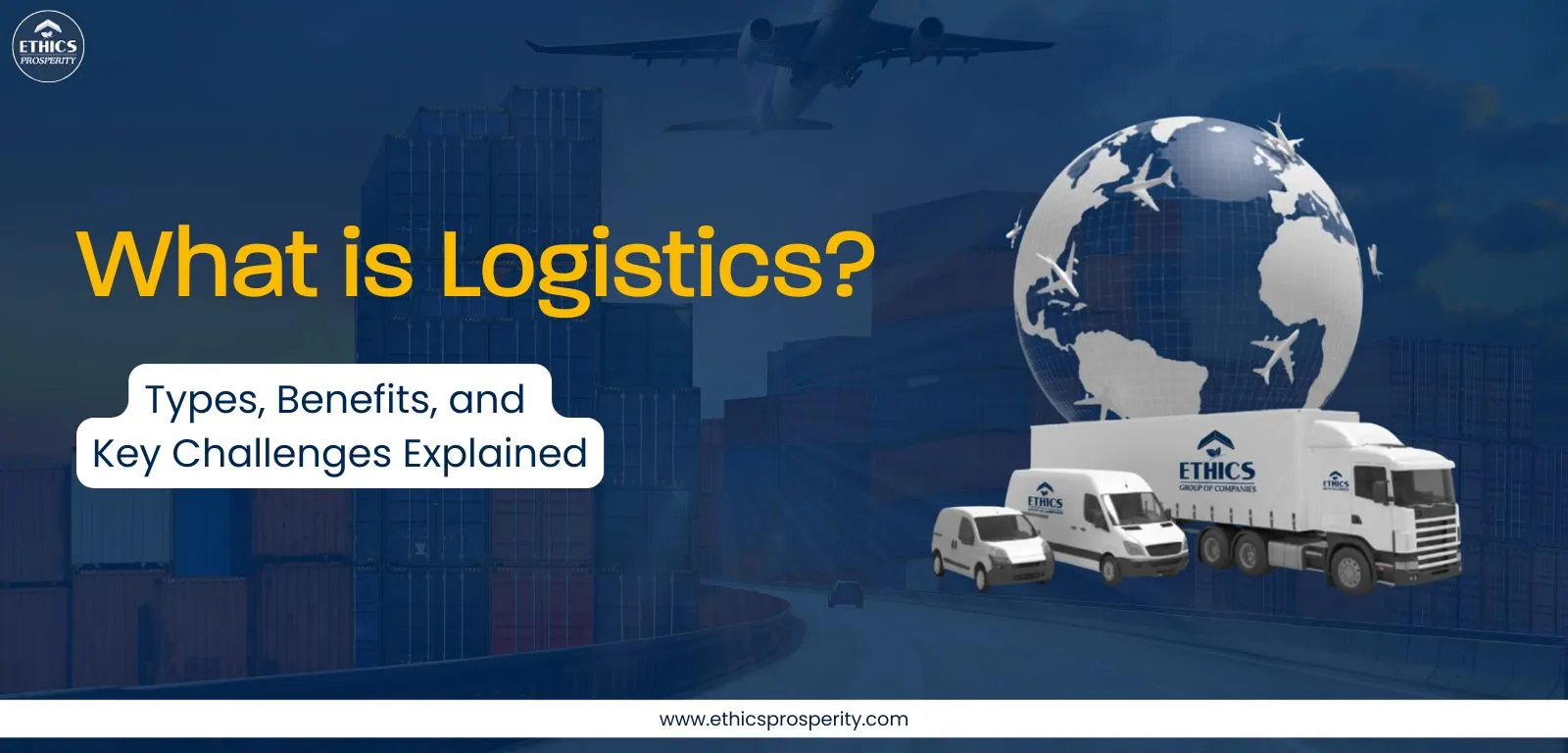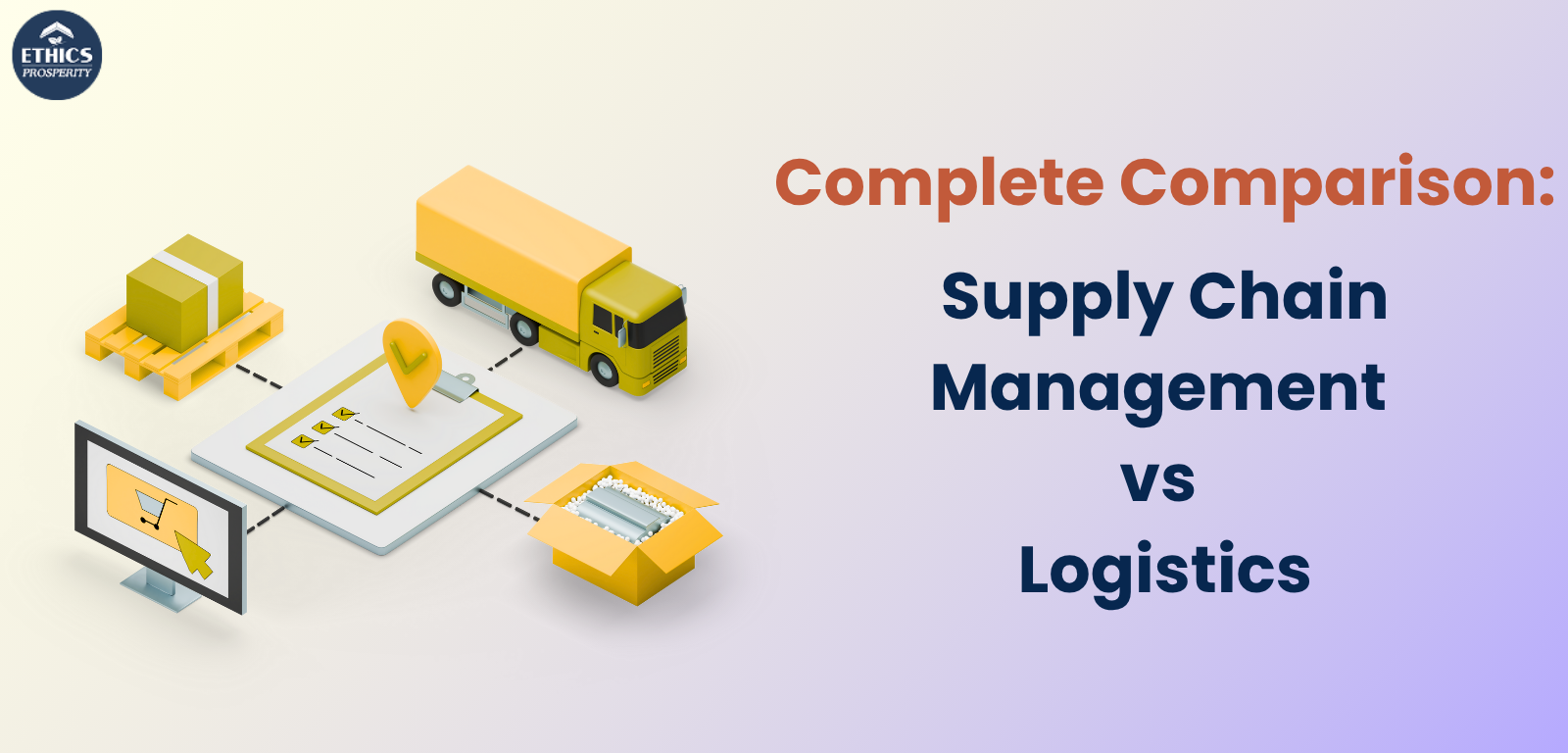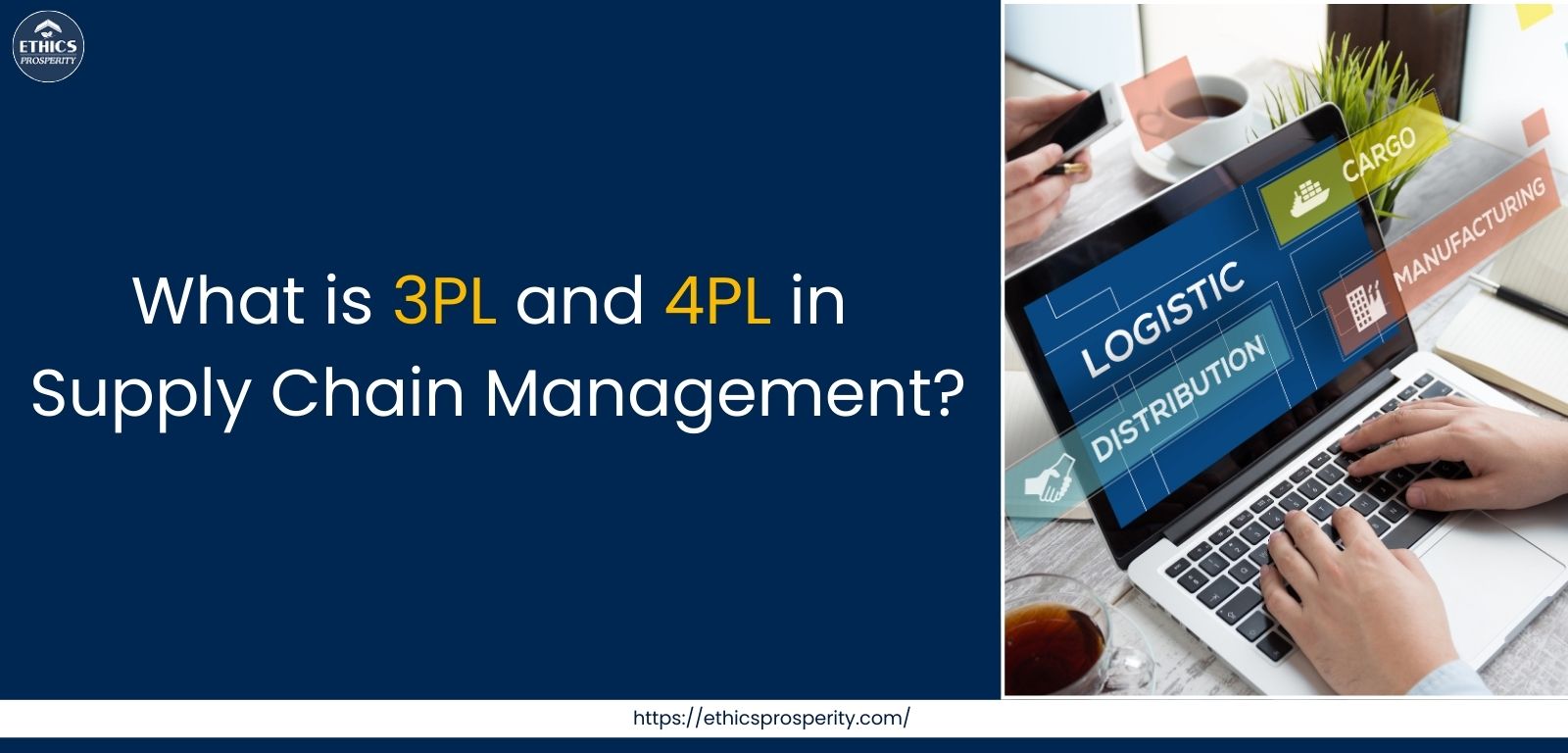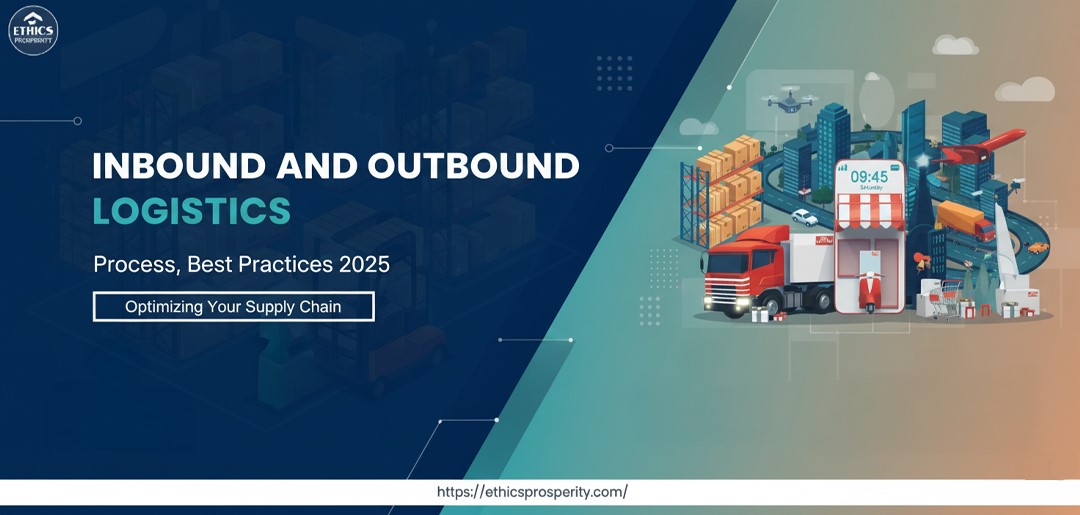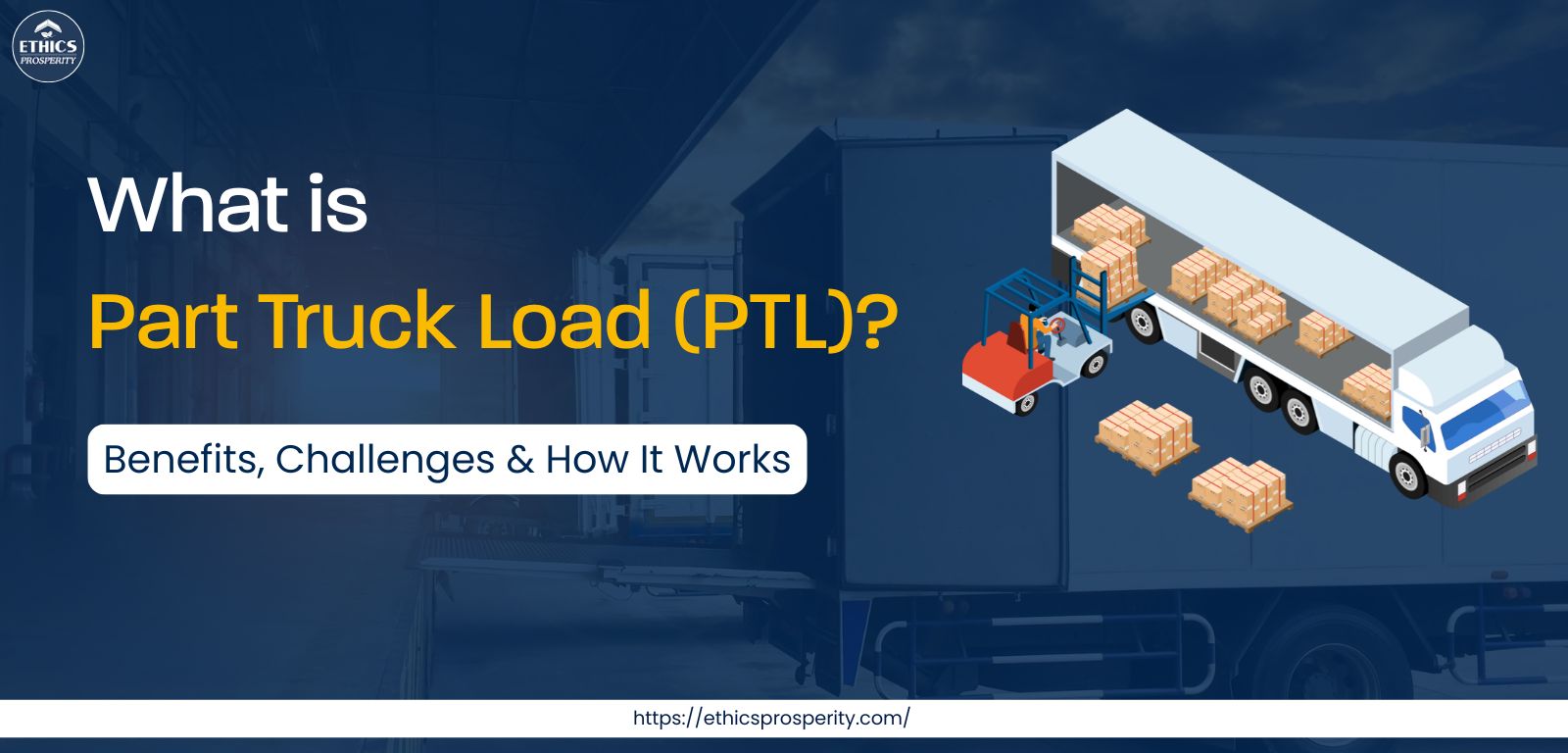In today’s fast-paced global economy, logistics forms the backbone of modern commerce. Every product, from raw materials to finished goods, moves through a network of suppliers, warehouses, and distributors — collectively known as supply chain logistics.
Having spent over four decades in the industry, I’ve seen logistics evolve from simple transport operations to a technology-driven ecosystem. Whether it’s warehouse and inventory logistics, cold chain logistics, or reverse logistics processes, today’s logistics networks must be fast, transparent, and resilient to disruption.
Let’s explore what logistics means, its core functions, challenges, and how it integrates into the broader end-to-end supply chain management framework.
What is Logistics?
Logistics refers to the planning, implementation, and control of the efficient movement and storage of goods, services, and information from point of origin to consumption.
In simpler terms, it’s the process of getting the right product, in the right quantity, to the right place, at the right time, and at the right cost.
In modern business, logistics encompasses not just transportation but also warehousing, order processing, inventory management, and packaging — all powered by advanced warehouse management systems (WMS) and digital analytics.
Core Functions of Logistics
The operational efficiency of your supply chain logistics is determined by the seamless integration of several core functions:
-
Order processing: Ensuring accurate and rapid intake of customer demands, which initiates the entire logistics process flow.
-
Inventory management: The macro-level planning and control of stock levels across the entire network, ensuring product availability while minimizing carrying costs. This is crucial for warehouse and inventory logistics.
-
Transportation: The most visible element of logistics, covering all modes—road, rail, sea, and air—to move goods efficiently between points.
-
Warehousing: The management of storage facilities, ensuring optimal space utilization, security, and access to products.
-
Packaging: Protecting the product during transit and storage, while also meeting regulatory and customer requirements.
Core Logistics Types
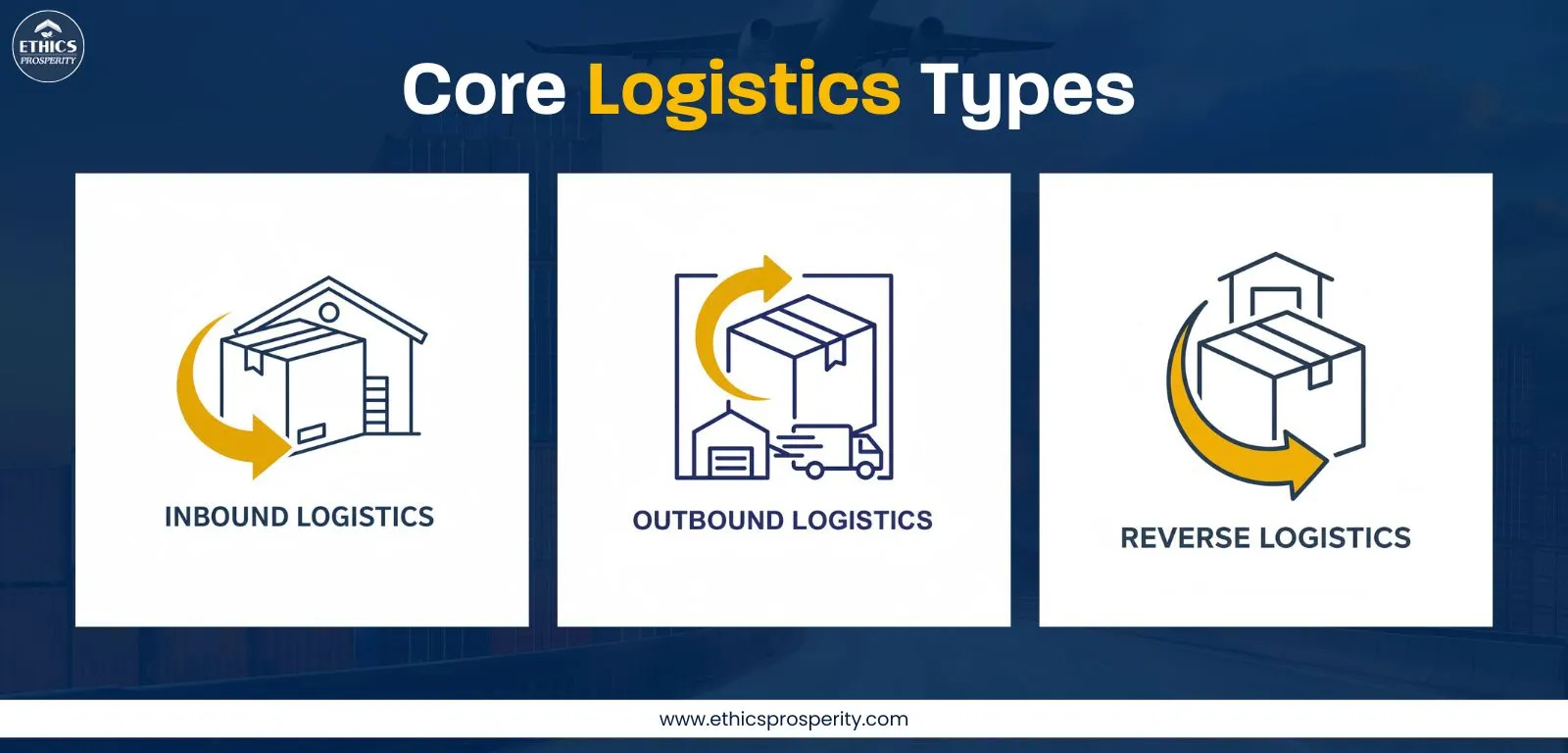
Effective logistics management requires differentiating and optimizing three main flows within the End-to-End Supply Chain Management structure:
Inbound Logistics
This covers all activities related to the movement of materials, parts, or finished goods from suppliers to the manufacturing or storage facility. It is focused on minimizing costs and ensuring a stable, timely flow of resources for production. This function directly interfaces with procurement.
Outbound Logistics
This is the process of moving finished goods from the factory or distribution center to the end customer. Outbound logistics is highly customer-facing and includes the crucial Last Mile Delivery Companies and the strategic use of flexible shipping solutions like Part Truck Load (PTL).
Reverse Logistics
Often neglected, the Reverse Supply Chain manages the flow of products and materials backward from the customer to the producer for repair, recycling, or disposal. Mastering the reverse logistics process is a major differentiator, saving costs and supporting sustainability goals.
Beyond these core types, specialized logistics services are non-negotiable for certain industries. Cold chain logistics, for example, involves the meticulous management of temperature-sensitive products like pharmaceuticals and frozen goods, requiring specialized equipment and handling within Warehouse and Logistics operations.
Key Benefits of Logistics
When executed as a strategic function, proficient logistics management delivers powerful B2B advantages:
-
Cost Efficiency: Optimizing transportation and warehouse and inventory logistics reduces operational spending.
-
Customer Loyalty: Reliable delivery is the foundation of B2B relationships.
-
Competitive Edge: Superior logistics speed and service often outweigh price in a competitive tender.
-
Risk Mitigation: A well-designed logistics process flow with contingency planning protects against supply chain disruptions.
Challenges in Logistics: The Veteran's View
Despite decades of advancements, the modern logistics landscape is fraught with persistent Challenges in Logistics. Ignoring these is where organizations expose themselves to significant risk and avoidable costs:
-
High Customer Expectations: The acceleration of fulfillment times, largely driven by Quick Commerce Companies and the Quick commerce vs e-commerce race, has made slow delivery unacceptable. The solution often lies in decentralized facilities like Micro-Fulfillment centers.
-
Rising Costs and Labor Shortages: Fuel price volatility, coupled with a persistent shortage of skilled labor and drivers, continuously drives up operational expenditure.
-
Tracking and Visibility: Achieving complete, real-time visibility across all modes of transport remains a major hurdle, leading to communication issues and inefficient operations.
-
Regulatory and Infrastructure Hurdles: Operating across diverse regions, particularly within complex markets like India, requires navigating varied regulatory frameworks and often inefficient infrastructure. This is a major concern for Supply Chain Companies in India.
-
Inefficient Operations: Without a robust system, errors like damaged or incorrect deliveries proliferate, damaging customer trust.
How Technology is Transforming Logistics
The solutions to today's Challenges in Logistics are rooted in technological adoption. The next generation of logistics management is defined by integrated data and Smart Warehousing.
-
Digital Management Systems: A sophisticated Warehouse Management System (WMS) is no longer optional; it is the central command system for warehouse and inventory logistics. It orchestrates every function, from order processing to dispatch.
-
Blockchain for Trust: Blockchain in Supply Chain provides an immutable record for transactions and provenance, increasing trust and compliance. This is especially useful for managing temperature-sensitive goods under cold chain logistics or auditing compliance in Custom Warehousing.
-
Automation and AI: The deployment of automation and Smart Warehousing techniques, including robotics and AI-driven route optimization, addresses labor shortages and improves efficiency.
Logistics vs. Supply Chain – What’s the Difference?
This is perhaps the most fundamental distinction an executive must understand. The confusion between logistics vs supply chain often leads to strategic misalignment.
-
Logistics is the execution. It is the tactical management of the movement and storage of goods (the flow).
-
Supply Chain Management (SCM) is the strategy. It is the overarching concept that integrates all business functions—procurement, manufacturing, IT, finance, and logistics—into a coherent, value-driven system.
The relationship is simple: Logistics is a part of SCM. The strategic decision to use a certain type of Custom Warehousing (SCM) is executed by the logistics team through the logistics process flow. Successfully managing your End-to-End Supply Chain Management is impossible if you confuse the part (supply chain logistics) with the whole (SCM). The term SCM vs Logistics is only useful insofar as it clarifies that one is a system and the other is a primary function within that system.
Conclusion
Logistics has evolved from a simple operational necessity to a high-stakes, technology-driven strategic domain. The successful Supply Chain Companies in India and globally are those that recognize this shift.
To ensure Ethics Prosperity and sustained competitiveness, logistics management must focus on optimizing the entire logistics process flow, from inbound and outbound logistics to the increasingly important reverse logistics process. By integrating warehouse and inventory logistics with advanced technology like a robust WMS and Blockchain in smart warehousing, you ensure your supply chain logistics is not just running, but truly leading.
